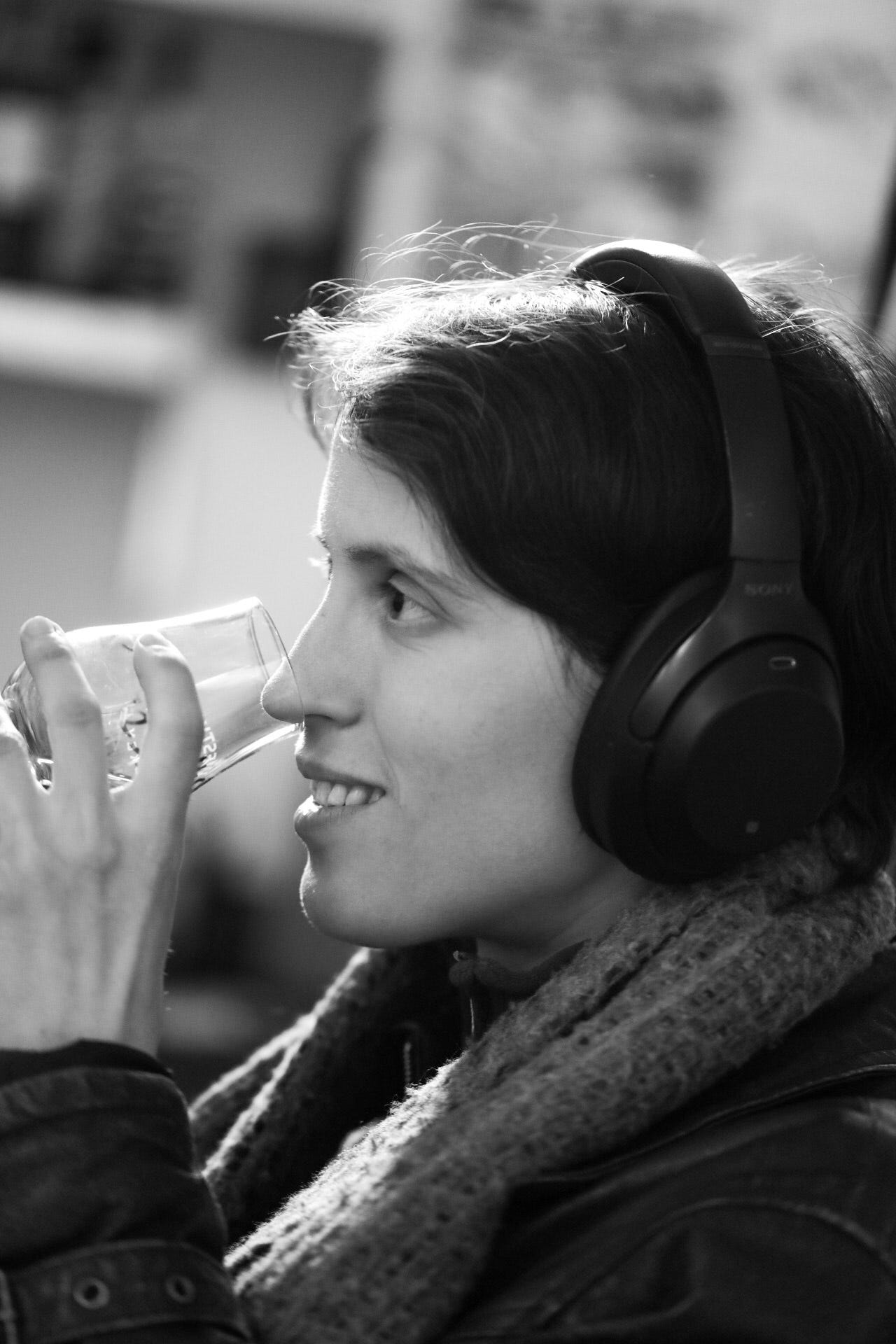The Winemaker Who Tastes with Sound
For trained winemaker and whisky distiller, Anna Mantheakis some sounds make wines taste like pond water, while others make her whisky cuts easier.
What Anna Mantheakis hears when she’s tasting influences how she perceives aromas, flavours and textures of what’s in her glass. Anna's sensory reality is shaped by her rare form of synesthesia, which is strong, specific and a fundamental part of her perception.
Like many synesthetes, Oregon-based Anna didn’t realise her experience was vastly different from others until she was 19. When working at her father's restaurant, she sneaked a mouthful of whipped cream, only to find that it tasted like “skimmed milk with bleach in it”. When the restaurant’s chef could discern anything wrong with it, she went on to note that the cream only tasted bad when the kitchen fans were on, whereas it was fine when all was quiet.
Initially Anna tried to suppress her synesthesia, viewing it as an interference to her career. As a student in the Viticulture & Oenology Master's program at UC Davis, she would use earplugs during sensory labs, feeling she needed to “standardise” herself to be an effective winemaker. However, in doing so she eventually realised she was “cutting something important” out of her life, so decided to embrace her synesthesia.
Anna's synesthesia primarily affects her perception of flavour through its olfactory and tactile (mouthfeel) dimensions, rather than the basic tastes of sweet, sour, salty, bitter and umami. The effect is immediate and dramatic. A fruity Pinot Noir accompanied by noisy conference chatter makes it taste like pond water, while the whirr of a kitchen fan eradicates the wine faults, TCA and acetaldehyde, unfortunately along with many other positive characters.
“Everything I taste is shaped by my sound environment,” she observes, “Sometimes flavours are stripped, sometimes they’re enhanced, sometimes they’re warped”. For example, she finds "whiny high-pitched motors and hissing sounds” often provide flavour enhancement, while "white noise reliably destroys flavour”. This aligns with my own anecdotal findings that white noise, often assumed to be neutral in some crossmodal research, is far from this, and in fact can be quite destructive to nuanced flavour perception.




